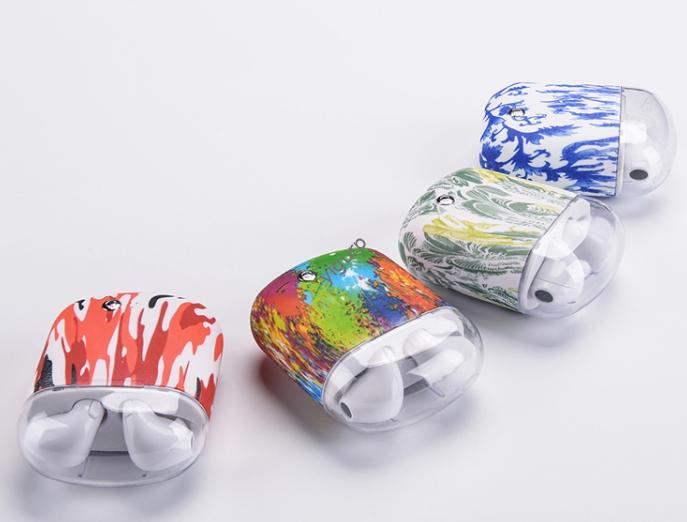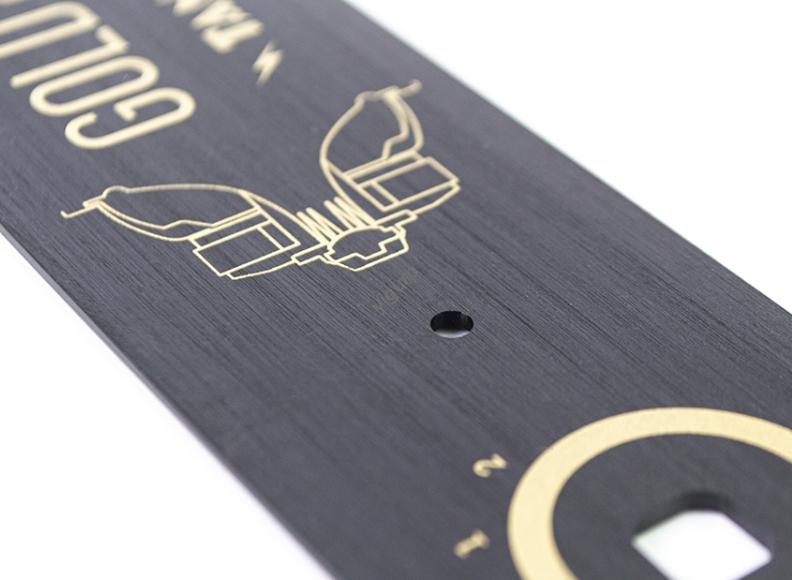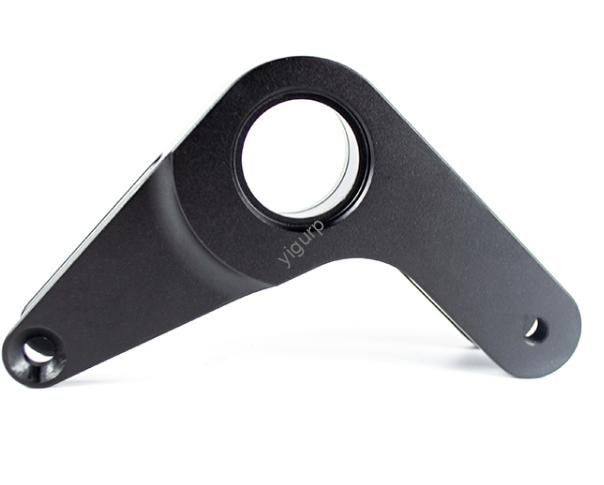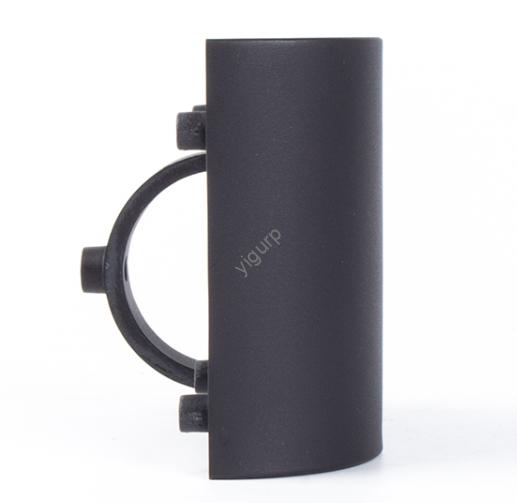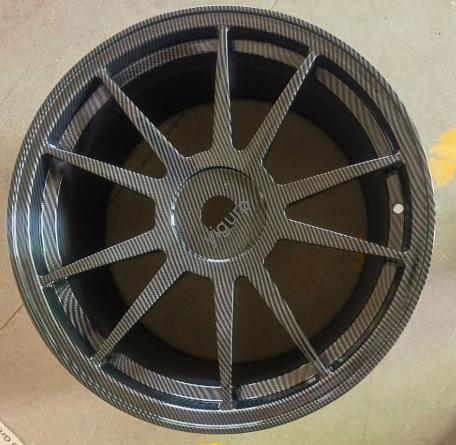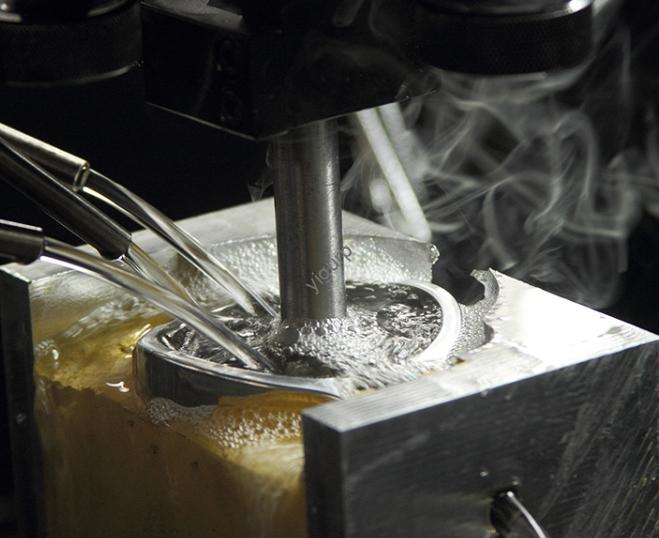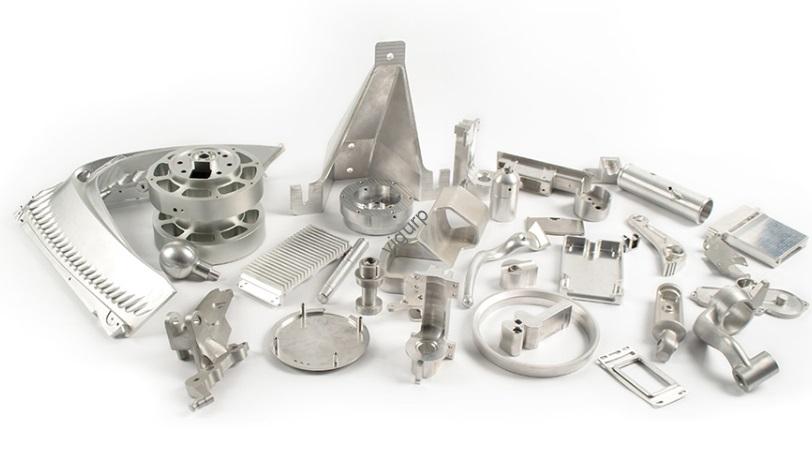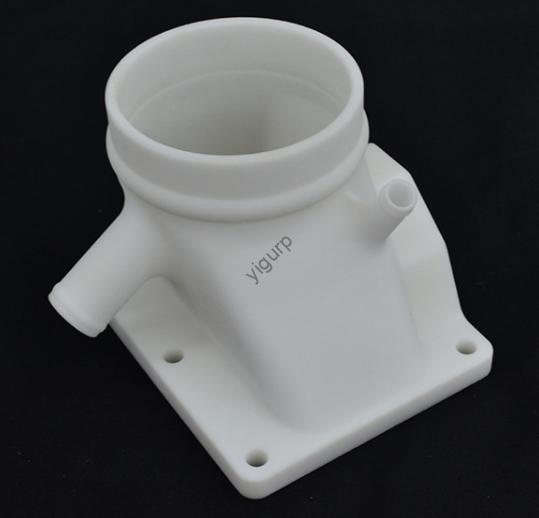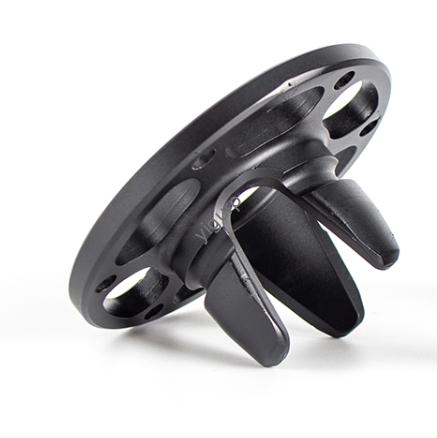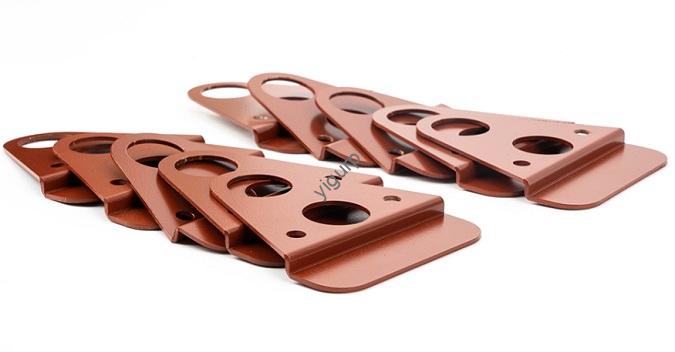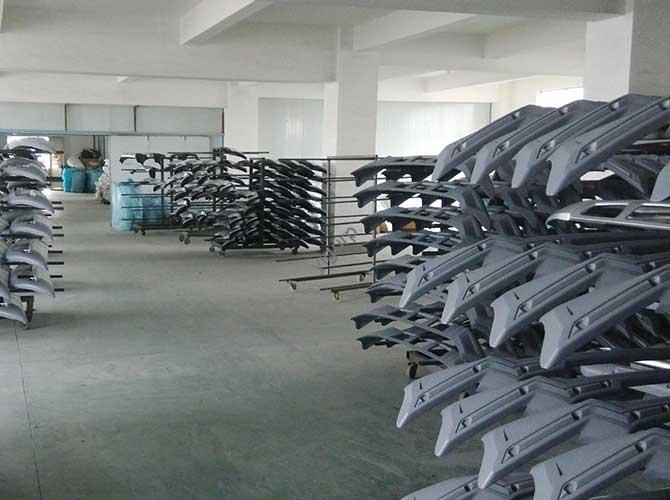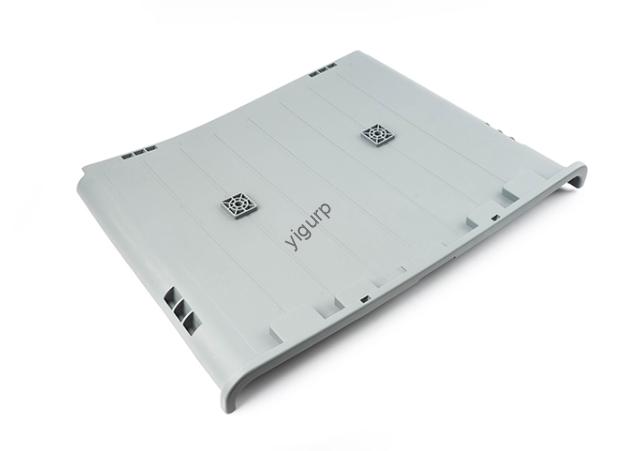Vacuum Casting Explained: What It Is, How It Works, and Its Value for Prototyping (2025)
If you’re in product design, engineering, or small-batch manufacturing, you’ve probably heard the term vacuum casting thrown around. But what does it actually mean? Is it the right choice for your prototypes or low-volume parts? In this guide, we’ll break down exactly what vacuum casting is, walk through its step-by-step process, highlight its key benefits, […]

